 On the D-day of Ayodhya, the three-judge bench comprising justice Dharamveer Sharma, Justice Sudhir Agarwal and SU Khan of Allahabad High Court will enter the history book after delivering the verdict on Thursday.
On the D-day of Ayodhya, the three-judge bench comprising justice Dharamveer Sharma, Justice Sudhir Agarwal and SU Khan of Allahabad High Court will enter the history book after delivering the verdict on Thursday.
During the hearing of 60-year-old Ayodhya title suit case, the Allahabad High Court went through the several important and crucial questions.
It was definitely a difficult hearing for the Allahabad High Court to hear a case, which is emotionally related to sentiments of two communities and communal harmony of India. But finally the 60-year-old deadlock will come to an end on Thursday.
Have a look on the issues before the High Court during the hearing of the case:
Q-1: Whether a Ram Temple was exist at the disputed place and an Idol was installed in 1528 or not?
Hindus claimed that Moghul emperor Babr’s general Mir Baqi built the mosque in 1528. The Hindus claim that the mosque was built on a temple which is the birthplace of Lord Ram in Ayodhya. However, the dispute continued through the British rule.
Q-2: After the independence the Idols of Lord Ram appear inside the mosque. The High Court also heard the issue whether it was placed by some Hindus or not.
Q-3: Whether the building belongs to Lord Ram as alleged by the petitioner?
Q-4: Whether the disputed shrine had been used by members of the Muslim community for offering prayers since time immemorial?
In the year 1949, Muslims protested the idols of Lord Ram inside the mosque and filed a suit. The lone surviving petitioner in the case Hashim Ansari for Muslims and Mahant Paramhans Ramchandra Das for Hindus locked the horns in legal battle over claim of land.
However, government locked the gate of the disputed construction to maintain the peace. In the 1950, Gopal Singh Visharad and Mahant Paramhans Ramchandra Das approached the Faizabad district court, seeking permission to offer prayers to the idols installed at Janmasthan. The court had allowed Hindus to offer puja.
In the year 1959, Nirmohi Akhara and Mahant Raghunath once again moved court seeking the acquisition of land and permission for Puja.
The Uttar Pradesh Sunni Central Waqf Board filed a counter petition in 1961 and asked the court that the mosque and surrounding areas are graveyard.
In the 1984: Vishwa Hindu Parishad (VHP) launched Ram Temple movement under the leadership of Senior BJP leader LK Advani.
The Babri Masjid Action Committee was formed after Faizabad court ordered that the disputed shrine to be open for Hindus and locks were removed in 1986.
The hearing of the case was shifted to High Court in 1989 after the then Prime Minister Rajiv Gandhi allowed ground breaking ceremony. It was Rajiv Gandhi’s move, which had added more fuel to the controversy.
On September 25, 1990, LK Advani embarked on Ram Rath Yatra to garner support for temple at Ayodhya.
But the temple was demolished by the thousands of karsevak on December 6, 1992, leading to the riot across the nation. The Narshimha Rao Government at the centre made a makeshift temple at the disputed shrine.
In 2003, the Allahabad High Court asked the Archaeology Survey of India (ASI) to undertake excavation of the disputed site to ascertain whether a temple existed at the place where the Babri Masjid was constructed or not.
In its 574-page report, ASI claimed that a 10th century temple was found beneath the Babri masjid. However, Muslims rejected the ASI claim.
In July 2010, the Allahabad High Court completed the hearing into the case and fixed September 24 as the verdict day.
However, the Supreme Court had stayed the verdict by a week on September 23 but lifted the stay on Sept 28, paving the way for Allahabad High Court to announce the judgement.
During the long process, the court observed various angle into the matter. The result should be acceptable to both the parties because it is just related to the title of disputed land.
 On the D-day of Ayodhya
On the D-day of Ayodhya
















No comments:
Post a Comment